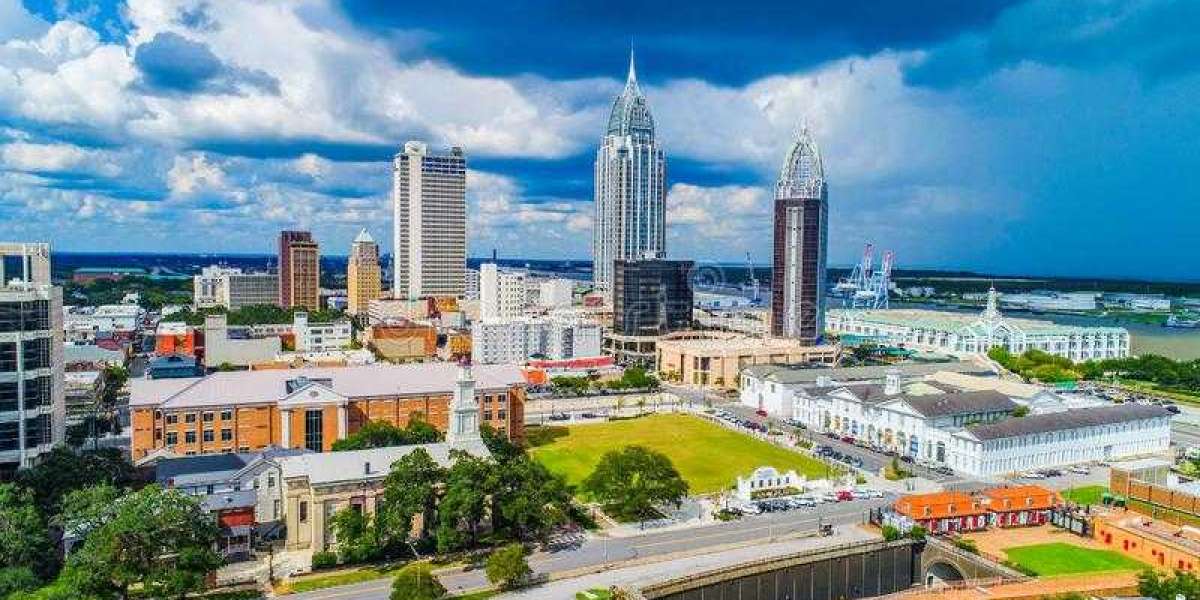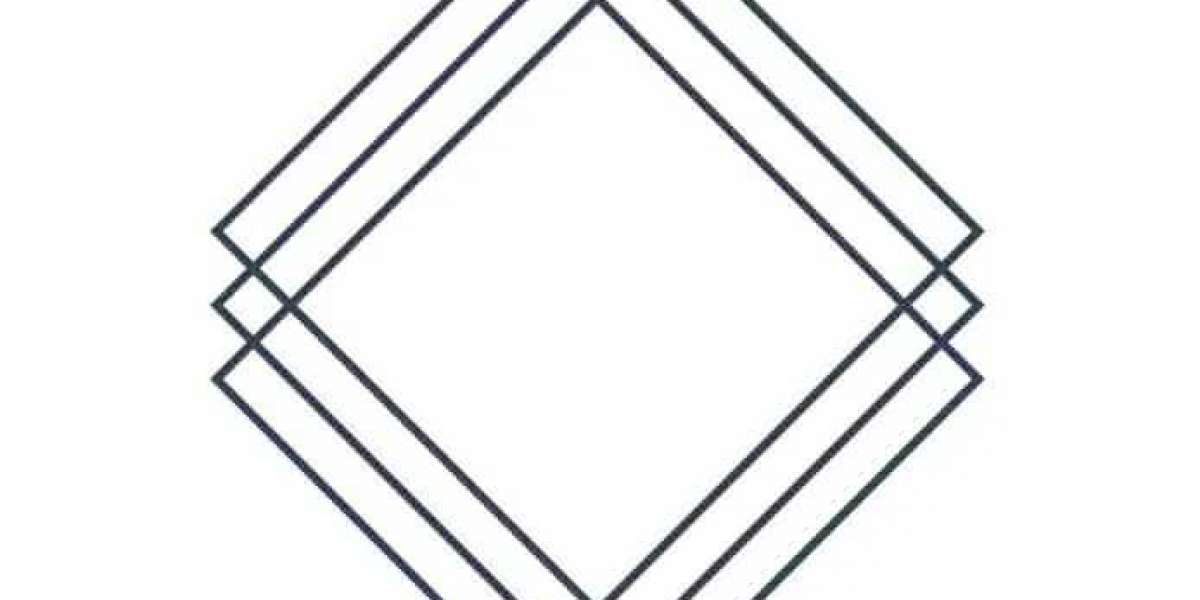This article was genuinely published here and copied with permission.
Aerial photography has become a popular way to capture stunning landscapes, urban environments, and large-scale events from an entirely new angle. Professional aerial photographers utilize a variety of tools and techniques to achieve their breathtaking shots. Here, we’ll explore the key equipment that these experts rely on to create their impressive portfolios.
Cameras and Sensors
Professionals use cameras with specialized sensors to capture the desired details and dynamic range to create high-quality aerial images. Typically, these cameras boast high-resolution capabilities, often reaching beyond 20 megapixels, and are equipped with versatile lenses that cater to various focal lengths. Advanced sensors, such as those found in full-frame and medium-format cameras, provide superior image quality, better low-light performance, and improved dynamic range.
Stabilization Systems
One of the biggest challenges in aerial photography is ensuring steady and stable shots, which are essential for sharp images. Professionals turn to gimbal stabilization systems designed to counteract any unwanted movement or vibrations during flight. These gimbals can be mounted to the aerial platform, providing smooth and steady video footage, as well as crisp still images. Gimbals also allow for easy control of camera orientation, giving photographers the flexibility to capture the perfect angle.
Aerial Platforms
Aerial platforms allow photographers to fly high above their subjects, offering unique vantage points. The most common platforms are unmanned aerial vehicles (UAVs), also known as drones and helicopters. UAVs, ranging from compact to professional-grade, have become popular due to their ease of use, affordability, and ability to access hard-to-reach locations. Helicopters, on the other hand, offer more flexibility in terms of flight altitude and maneuverability, making them ideal for large-scale projects and commercial shoots.
Advanced Software for Post-Processing and Stitching
Post-processing software plays a crucial role in achieving the final look of an aerial photograph. Professionals use a variety of programs to edit and enhance their images, adjusting elements such as exposure, contrast, and color balance. For aerial panoramas or high-resolution composite images, stitching software is employed to seamlessly merge multiple shots together. This technique allows for impressive, wide-angle views that would be impossible to capture in a single frame.
Communication and Safety Equipment
Safety and communication are essential aspects of aerial photography in Mobile AL, and everywhere else, ensuring that both the photographer and their equipment remain secure during the shoot. Professionals use radio communication systems to stay in touch with pilots or drone operators, coordinating their movements and ensuring proper positioning. Safety gear, such as harnesses and helmets, is also used during helicopter shoots to protect the photographer from potential hazards.
Aerial photography offers endless creative possibilities, and with the right tools and techniques, professionals can capture truly awe-inspiring images. All of the above tools contribute to the outstanding results achieved by these experts. So, if you’re looking for aerial photography in Panama City FL, to elevate your business game, consider partnering with a trusted supplier like Pelican Drones.



